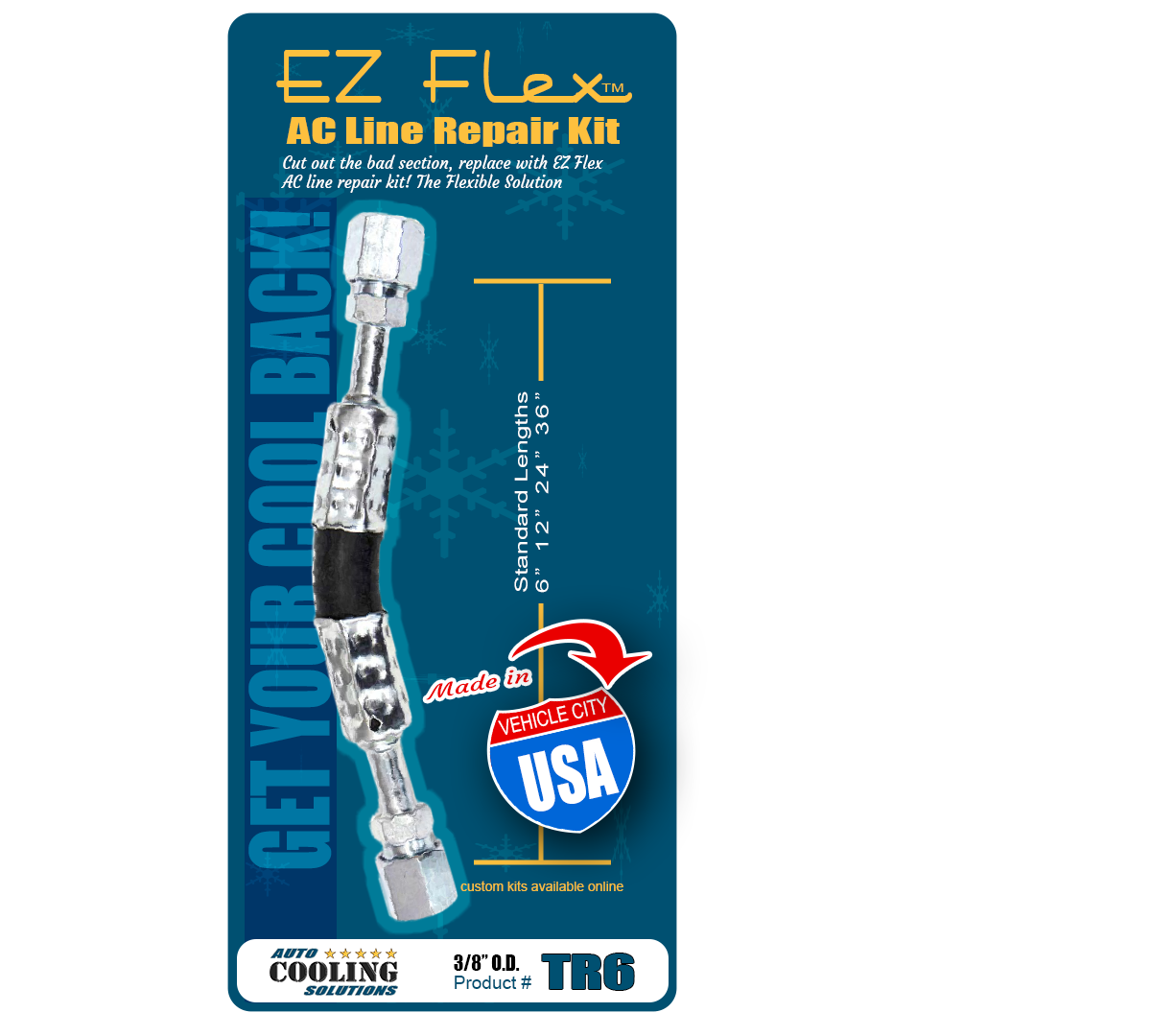What is Rear AC and Should I be concerned?
Share
Dual Air Conditioning Systems: Front and Rear Explained
Introduction
When you step into a car, you’re greeted by those familiar vents that blow cool or warm air, ensuring a comfortable ride. But have you ever wondered why some cars have additional vents in the back? That’s where Rear AC comes into play!
The Basics Front A/C System:
The front A/C system is the one we encounter most often. It cools the cabin area where the driver and front passengers sit.
Key Components in the system:
Compressor: The heart of the A/C system. It compresses the refrigerant gas, raising its temperature.
Condenser: Located at the front of the car, it releases heat from the hot refrigerant.
Expansion Valve: Reduces the pressure of the refrigerant, causing it to cool down.
Evaporator: Inside the dashboard, it absorbs heat from the cabin air, cooling it.
Blower Fan: Circulates the cooled air into the cabin through vents.
Rear A/C System:
The rear A/C system serves passengers in the back seats.
It has its own components but is often an extension of the front system.
Key Differences:
Separation of Front and Rear Systems:
The front and rear A/C systems are independent but share some components.
They have separate evaporators but use the same compressor and condenser.
The refrigerant circulates between the two systems, allowing them to function together. These systems will usually intersect in the engine compartment or just under the vehicle and Rear AC Lines will run from the front system to the rear.
Rear Evaporator:
The rear evaporator is usually located in the rear compartment or under the rear seats.
It absorbs heat from the air in the back, cooling it down.
The cooled air is then blown into the rear cabin through dedicated vents. If you are in need of a rear evaporator as well as your rear lines, you should consider our Complete Rear AC Kits. These come with a replacement evaporator and any additional hardware or seals needed.
Controls:
Some cars have a rear A/C control panel near the back seats.
Passengers can adjust the rear temperature independently from the front.
Additional Blower Fan:
The rear system has its own blower fan to push air through the rear vents.
It operates alongside the front blower fan.
Benefits of Rear A/C:
Comfort: Passengers in the rear enjoy direct airflow, especially in larger vehicles.
Family-Friendly: Keeps kids and rear passengers comfortable during long drives.
Zoning: Allows different temperature settings for front and rear zones.
Considerations:
Energy Consumption: Running both systems simultaneously may increase fuel consumption.
Maintenance: Regular maintenance ensures optimal performance of both systems.
Remember, the dual A/C system ensures that everyone onboard experiences a pleasant ride, whether they’re in the front or the back.

